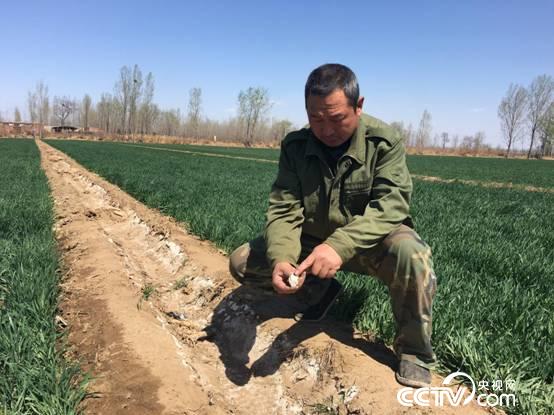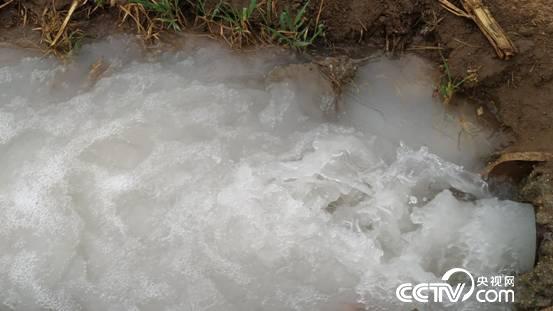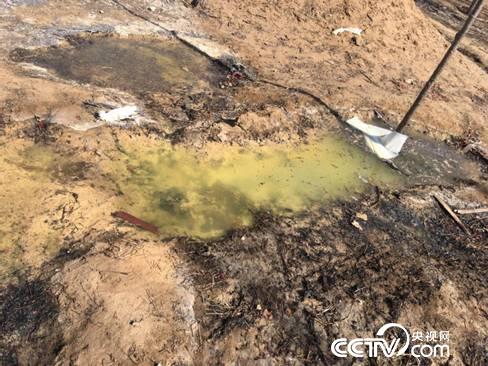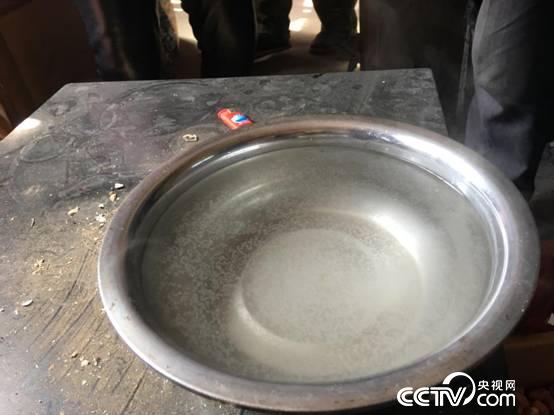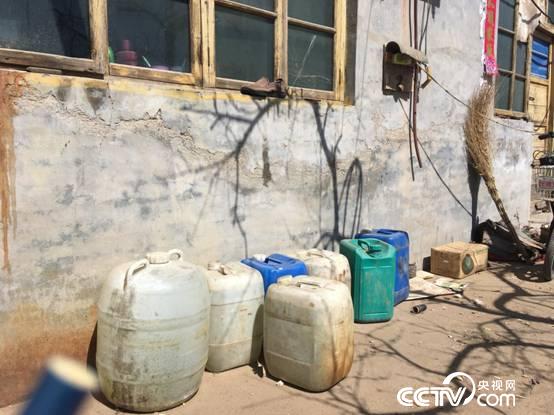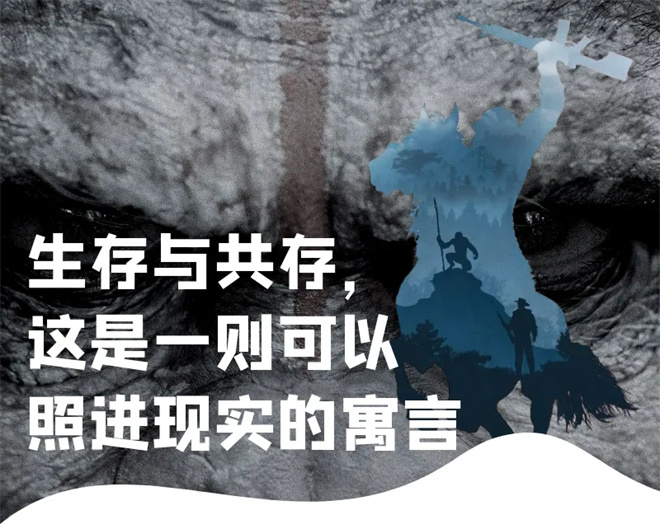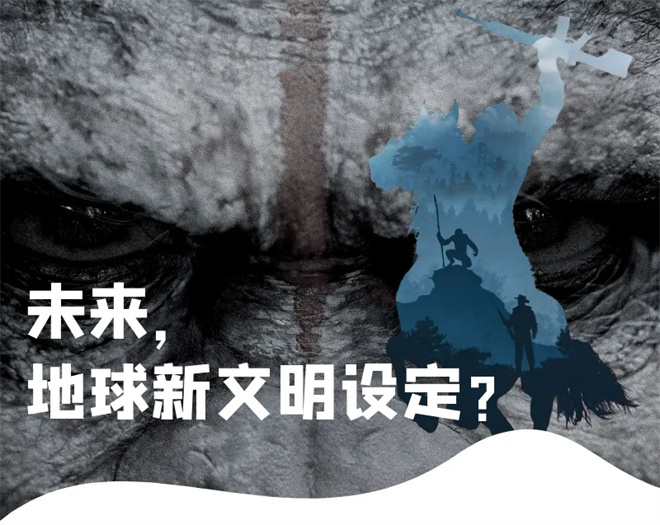On the fifteenth day of the first month, where is the most interesting in Xuzhou? The most comprehensive lantern festival introduction is here.
Tuan Tuan yuan yuan snack
Every household is busy enjoying the lights.
Watch the lantern show.
Where is the best place to see in Xuzhou?
Attach a copy of the strongest raiders!

Pan ‘an Lake Third Spring Festival Lantern Festival






Time: February 2, 2019-February 20, 9: 00-22: 00 every day.
Tickets: 40 yuan/person (including tickets for the Lantern Festival).
Highlights: Spring Festival folk performance, large-scale softstop show and Lantern Festival are staged at the same time.
Travel guide:
Bus: Take bus No.25, No.26, No.27, No.78, No.89 and No.968 in the city and get off at Pan ‘an Lake Scenic Area.
Self-driving: Xuzhou Pan ‘an Lake Wetland Park is 15km away from Jiawang central city, 18km away from Xuzhou main city and only 10km away from Xuzhou high-speed railway station District. It is connected with National Highway 206, National Highway 310 and National Highway 104, with Beijing-Fuzhou Expressway on the west. The newly-built Xujia Expressway passes through the scenic spot.

Hanwang New Year Lantern Show



Time: from the first day of the first month to the fifteenth day of the first month from 17: 00 to 21: 00 every night.
Venue: Eshan Village, Hanwang Town (west of Eshan Square).
Highlights: Special laser show, light carving and light show, and gifts from solve riddles on the lanterns.
Travel guide:
Bus: Take bus No.31 and get off at the Moon Bay intersection.
Self-driving: 4KM west of Yudai Avenue from Xuzhou Sanhuan South Road. The first parking lot is at the bottom of Yudai Avenue and West Ring Expressway Viaduct, and then from the entrance of E Shandong village along the waterfront corridor of Yudai River for 200 meters. The second parking lot is on the left of the intersection of traffic lights in Moon Bay, and then 50 meters south along Hanhe Road.
Xinyi Malingshan Lighting Art Festival



Time: 17:00-22:00 every night from January 29th to February 20th.
Venue: Malingshan Centennial Pear Garden.
Admission: 30 yuan/person.
Highlights: the "Starry City" with 20 million neon lights and 68 sets of giant shocking lighting shapes.
Travel guide:
Bus: It takes about 30 minutes to take bus No.1 and No.2 in Xinyi city.
Self-driving: East: ① Come to Malingshan from Beijing-Shanghai Expressway, exit from xinyi city East Entrance and Exit, turn right into Provincial Highway 323, enter xinyi city South to Provincial Highway 249 along Provincial Highway 323, turn left and walk for 15 kilometers, and then arrive at Malingshan Scenic Area. You can also directly transfer from Beijing-Shanghai Expressway to Xulian Expressway, turn right at Xinyi South Exit, enter Provincial Highway 249, and walk for 14 kilometers to Malingshan Scenic Area.
② From provincial highway 323 to Malingshan, the route is the same as above. (3) Come to Malingshan from National Highway 205, turn left at the intersection of National Highway 205 and Provincial Highway 323 in xinyi city East, enter Provincial Highway 323, follow the previous road to the junction of Provincial Highway 249, turn left and enter Provincial Highway 249, and walk for 15 kilometers to Malingshan Scenic Area.
West: ① Come to Malingshan from Provincial Highway 323, go along Provincial Highway 323 to the junction of Provincial Highway 249, turn right into Provincial Highway 249, and go 15 kilometers to Malingshan Scenic Area.
② Come to Malingshan from Lianhuo Expressway, get off at the entrance and exit of Xinyi South, turn right and drive into Provincial Highway 249, and walk for 14 kilometers to Malingshan Scenic Area (you can follow this route from the expressway to Malingshan in the east).
South: ① You can get off from Xusu Yanlian Expressway to Suqian South Exit and Entrance, drive into Provincial Highway 249, and walk for 35 kilometers to Malingshan Scenic Area.
② When you come to Malingshan from Beijing-Shanghai Expressway, you can directly turn from xinyi city East to Lianhuo Expressway and get off at the entrance and exit of Xinyinan, turn right, enter provincial highway 249, and walk for 14 kilometers to Malingshan Scenic Area (you can also get off at the east entrance and exit of Beijing-Shanghai Expressway, drive into provincial highway 323, turn into provincial highway 249, and walk for 15 kilometers to get to Malingshan Scenic Area).
North: ① Take the Beijing-Shanghai Expressway to Malingshan, get off at the entrance of Honghuabu, Shandong Province, turn right to National Highway 205, enter the urban area through Tanxin Road, turn left to Xu Hai Road and turn right, pass Xinhua Road to Provincial Highway 323, turn left to Provincial Highway 249, and turn right for 15 kilometers to Malingshan Scenic Area.
② Come to Malingshan from National Highway 205, enter Xinyi, enter Tanxin Road and enter the urban area. The next driving route is the same as above.
The 2nd International Lantern Temple Fair in Suining



Time: 10: 00-22: 00 every day from January 19th to February 19th.
Venue: Suining Park.
Highlights: colorful laser show, mirror dance, "Hanfu show", thousands of people flying fluorescent balloons, etc.
Travel guide:
Bus: No.10, No.10 and No.12 get off at Senbo Furniture City Station and walk to Suining Park. No.9 get off at Bali Commercial Street and walk to Suining Park.
Pizhou Shagou Lake Lantern Festival



Time: 18:00-22:00 every night from February 16th to February 22nd.
Venue: Shagou Lake Chinese fir Park, Pizhou City.
Highlights: 51 large-scale light groups "lights, water and islands" are reflected in each other, and there are wonderful cultural performances during the period.
Travel guide: The number of people watching the lights this time is about 600,000, and the traffic control time is from 17: 00 to 22: 00 every night from February 16th to February 22nd.
Bus: No.4, No.12, No.30, G1 sightseeing line.
Self-driving:
(1) No-pass sections
1. Changjiang East Road (intersection of Taizhou Road and Zhongshan Road)
2. Liaohe East Road (intersection of Taizhou Road and Zhongshan Road)
3. Yangzhou Road (the intersection of Liaohe Road and Changjiang Road)
(2) Restricted road sections
1. Changjiang East Road (Taizhou Road intersection-Fuzhou Road intersection, Zhongshan Road intersection-Nanjing Road intersection) only allows vehicles of residents in nearby communities to pass with the "Lantern Festival Vehicle Pass".
2. Taizhou Road (intersection of Liaohe Road-intersection of Yinxing Avenue) in the west of Dagou in Dingchang is forbidden for vehicles to enter this section from Liaohe Road and Yinxing Avenue. Among them, the south section of Changjiang Road is prohibited from driving from south to north, and the north section of Changjiang Road is prohibited from driving from north to south.
3. Zhongshan Road (intersection of Liaohe Road and Yinxing Avenue) prohibits vehicles from entering this section from Liaohe Road and Yinxing Avenue.
4. Liaohe East Road (the intersection of Fuzhou Road and Taizhou Road) prohibits vehicles from passing from west to east.
5. Liaohe East Road (Zhongshan Road intersection-Nanjing Road intersection section) prohibits vehicles from passing from east to west.

"Dream after Fengxian" Spring Festival Lantern Festival



Time: 17:30-21:30 every night from February 4 to 20, 2019.
Venue: Qifeng Garden.
Aspect: 18 groups of large colored lights show the peaceful, ecological, energetic, honest and happy Fengxian County, and show the beautiful life of people living and working in Fengxian County.
Travel guide:
Traffic control section:
1. Zhongyang Avenue (the intersection of Dongcheng Road and Kangqiao Road)
2. Qifeng Road (the intersection of Hanyun Road and Nanyuan Road)
3. Fengyi Avenue (the intersection of Hanyun Road and Nanyuan Road)
4. Jiankang Road (west of Kangqiao Road intersection)

Peixian 2019 Lantern Festival Prize-winning riddle quiz

Time: February 19th.
Venue: Sishui Pavilion, Pei County.

Please control the residents who are near the road section and have travel plans. During the traffic control period, arrange travel plans and bypass routes in advance, and be sure to obey the command of the traffic police on the spot and consciously maintain the road order and scenic order.
At the same time remind you that:
Every night, 19:00-21:00 is the peak of the Lantern Festival.
Play families with old people and children.
It is best to avoid the rush hour.
Take care of the elderly and children
Please do it.
Civilized viewing of lanterns
Safe and orderly
Behind you
It is the hard work of police, sanitation workers, volunteers and employees in scenic spots.

I wish you all the best here.
